Indications for rhinoplasty
- Large, long or wide nose.
- Saddle nose.
- Crooked nose.
- Thickened, drooping or sunken nasal tip.
- Asymmetrical or wide nose wings.
- Large or flared nostrils.
- Congenital or acquired (due to injuries) deformities of the nose.
Rhinoplasty is indicated for patients who have reached the age of 18 years, when the skeletal system of the nose is already formed.
General contraindications: cancer, cardiovascular and acute infectious diseases, chronic hypertensive disease, thyroid disorders, diabetes mellitus, blood-clotting disorder.
Types of rhinoplasty
- Rhinoplasty is performed within different nasal parts: the tip of the nose, the dorsum of the nose, nasal septum, nasal wings, nasal turbinates. The surgery of the nasal wings is performed in order to narrow or reduce them.
- Reconstructive rhinoplasty is performed in order to correct the nasal septum, restore respiratory status and anatomy of the nose.
- Non-surgical rhinoplasty. This is a procedure aimed at changing the shape and the size of the nose without the surgery – using subcutaneous injections with hyaluronic acid fillers or a patient’s own fat (nasal lipofilling).
Rhinoplasty can be performed through a closed method, without external incisions on the skin, when all the incisions are made in the nasal cavity, or through the open method – making visible skin incisions.
During the surgery, the surgeon redistributes the volumes within the nasal parts: in some areas he reduces them as well as increases them in others. The cartilages, bones, and subcutaneous tissues are partially removed and osteotomy of the nasal bones is used in order to reduce the volumes. The transplants and endoprostheses are used to increase the volumes.
At the end of the surgery, external skin incisions are stitched. The incisions in the nasal cavity are sutured with dissolvable stitches. A plaster or an adhesive bandage is applied to the nose. A rhinobyons or a silicone sheeting (septal splints) are inserted into the nostrils.
How is the surgery performed in “Certus” clinic?
Pre-surgery examination: 1 hour.
Duration of the surgery: 1-2 hours (depending on the complexity of the surgery). The patient stays in a clinical setting for 1-3 days.
Anaesthesis: general anesthesia or local anesthesia with sedating medications.
Incision options. There are different options, depending on the nasal part that is operated – columella, tip defining point, nasal cavity.
*Recovery period: 10-14 days. The sutures, a compression pad, rhinobyons (septal splints) are removed in 5-10 days. Swellings, bruises (subcutaneous hemorrhages) and other side effects disappear by the end of the second week after the surgery. The short-term result of the surgery is estimated in 3 months.
*Side effects: temporary swellings, bruises, sensation of pain, fever heat, minor bleeding with early stage of follow-up care.
*Risks: infectious complications, hematomas, visible scars, nose asymmetry.
*Result: permanent.
*The effect, result, risks, and recovery period depend on the individual peculiarities of the human body.



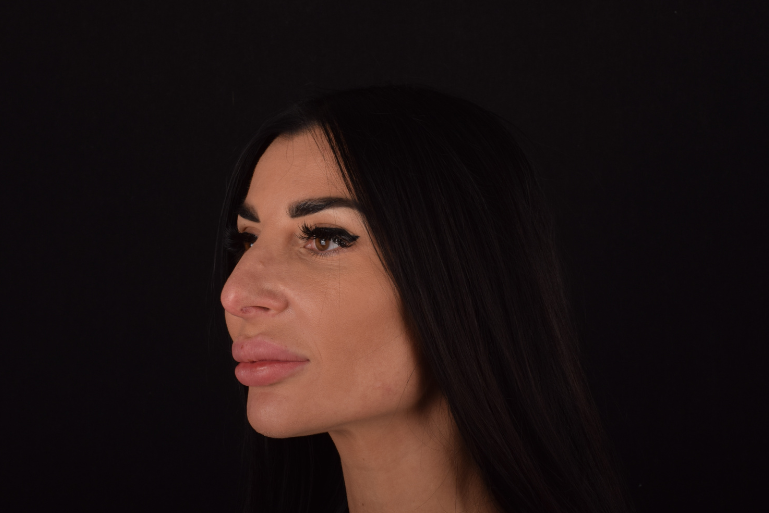

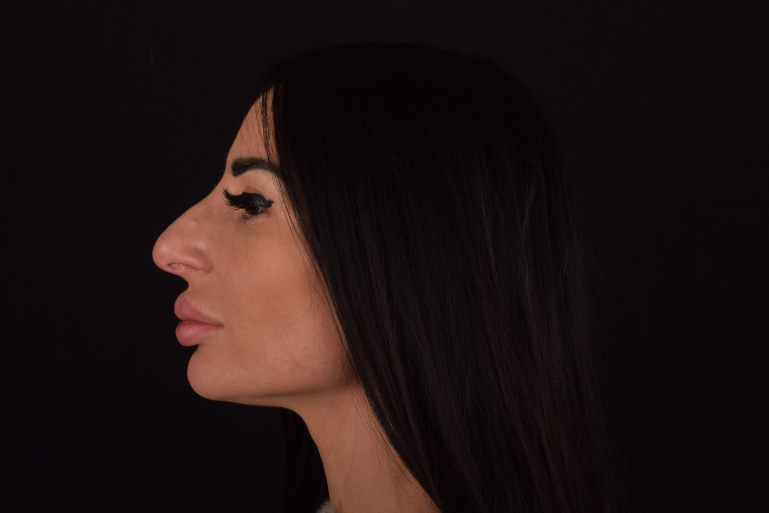































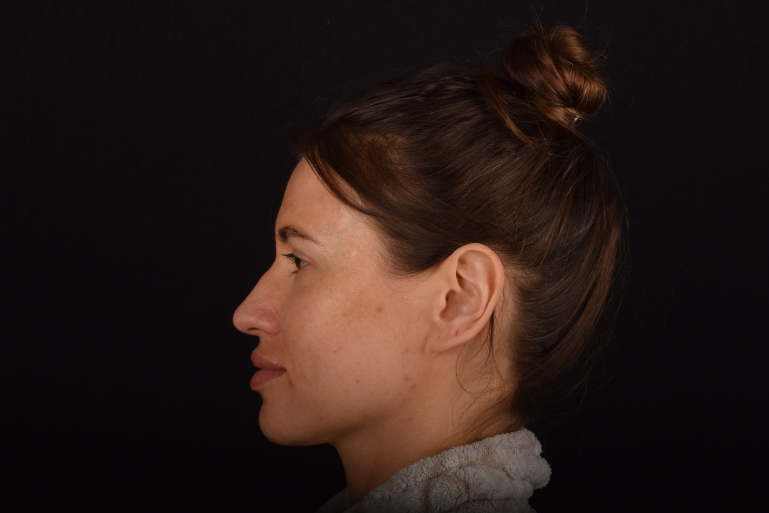





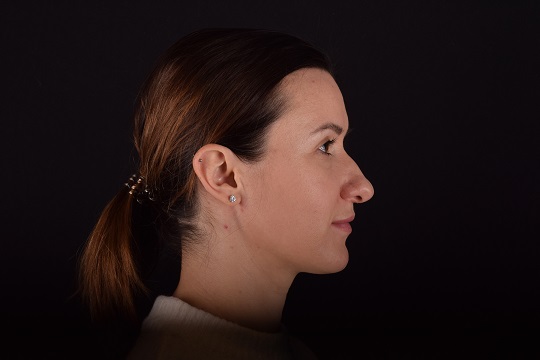












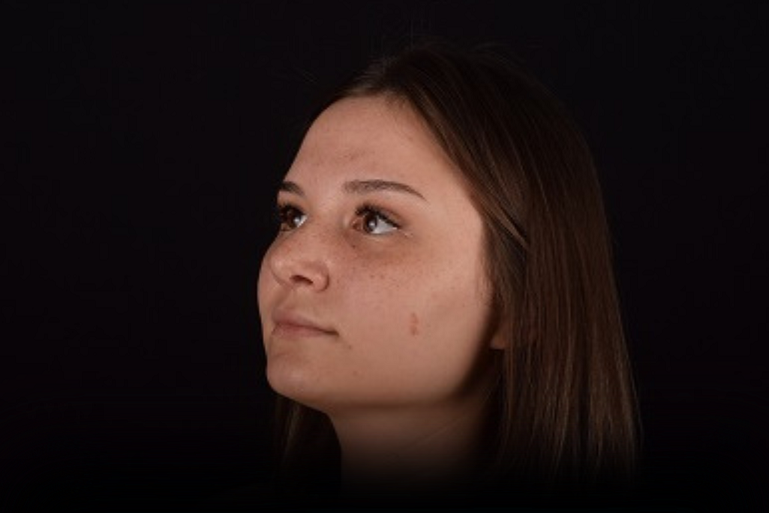







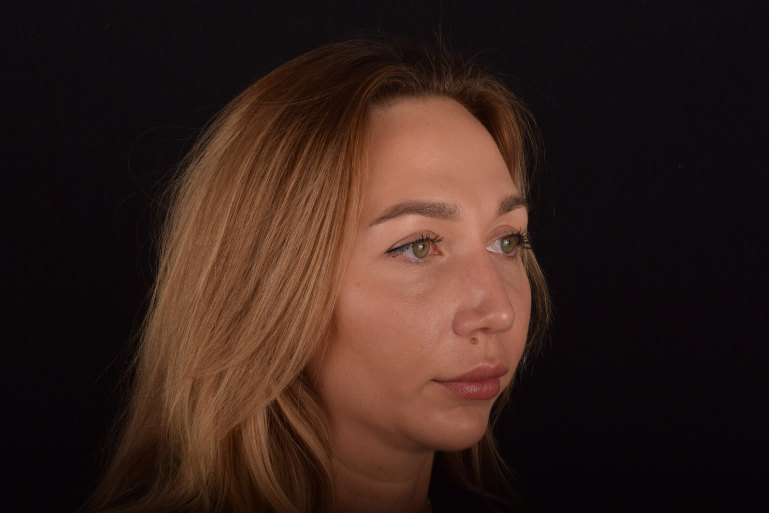









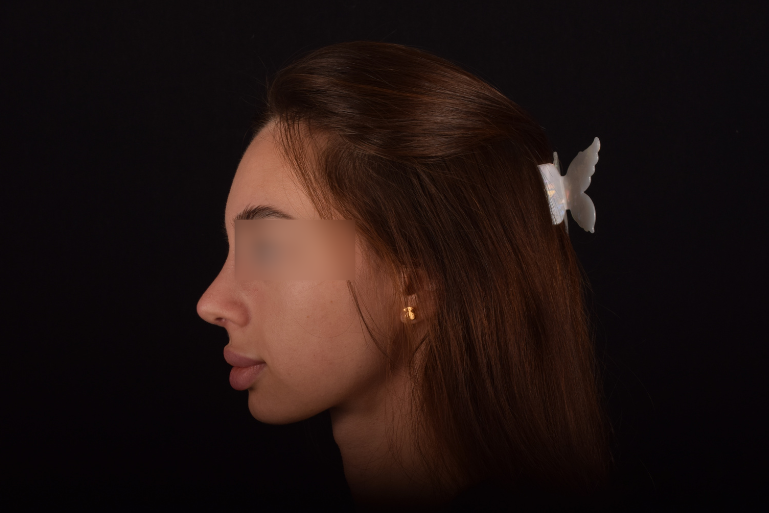









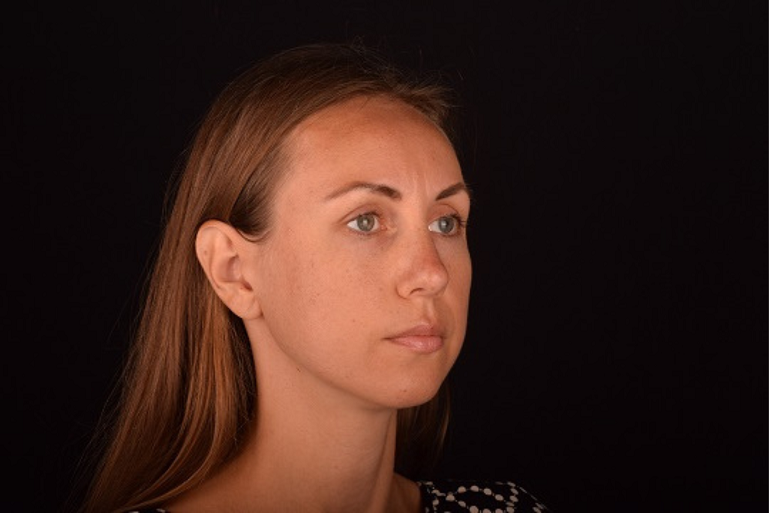


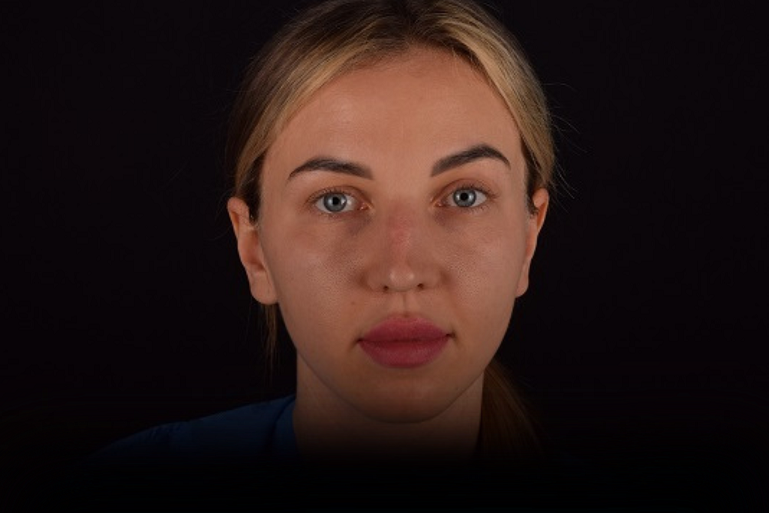

















Add review